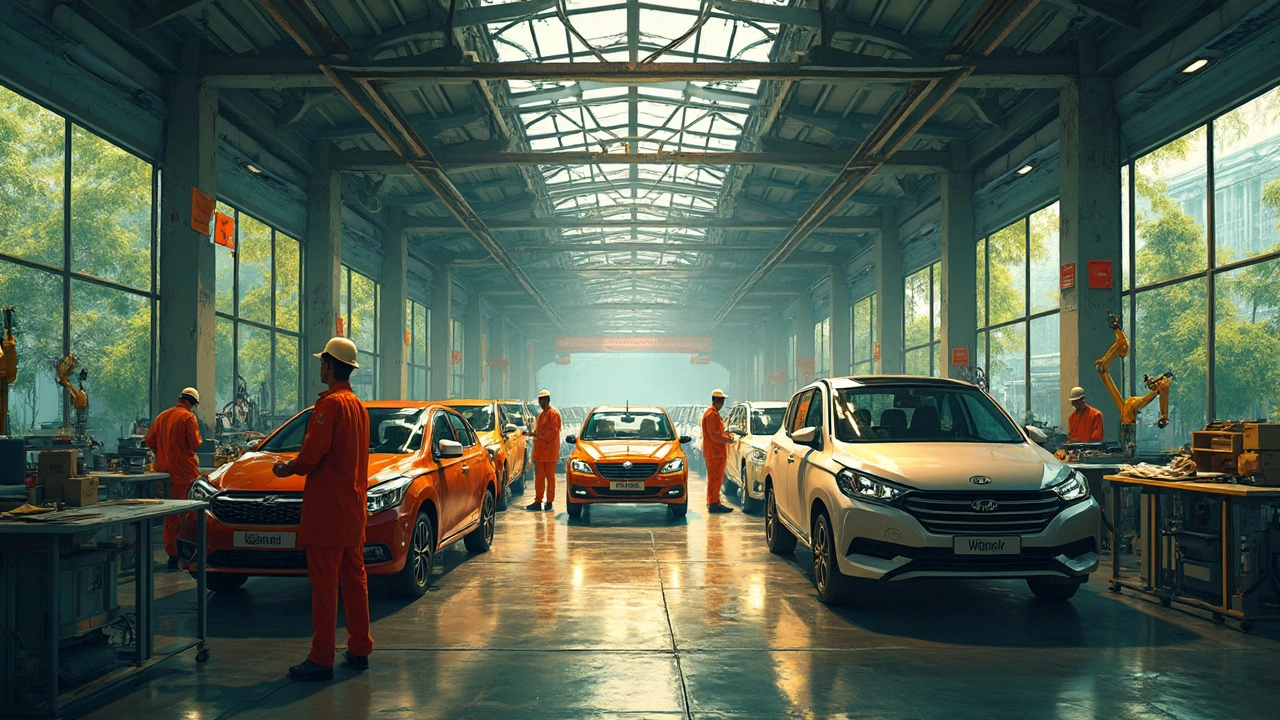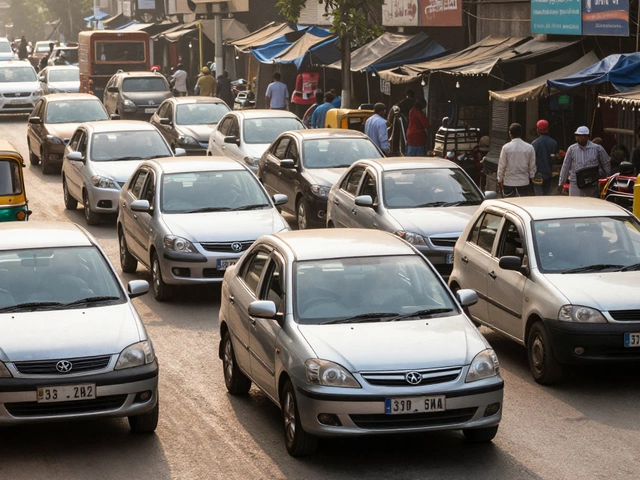Fully Made in India Cars: What’s Really Built at Home?
If you’re hunting for a car that’s 100% Indian, you’ve probably heard the phrase ‘Made in India’ a lot. But not every model that wears the badge is fully home‑grown. In this guide we’ll break down which models actually meet the ‘fully made in India’ claim, why it matters for buyers, and what’s on the horizon for the domestic auto scene.
Why ‘Made in India’ Matters
When a car is truly built with local parts, you get lower import duties, better price stability and faster service support. It also means the money stays in the country, boosting jobs and tech development. The government pushes a minimum 30% local content rule, but many manufacturers aim for 70‑90% to qualify for incentives. That extra local content often translates into cheaper maintenance because spare parts are sourced nearby.
Current Fully Indigenous Models
Here’s a short list of cars that actually qualify as fully made in India today:
- Tata Nexon EV – 100% of the vehicle’s body panels, battery pack and electronics are produced at Tata’s Pune plant.
- Mahindra Thar – The rugged SUV is assembled in Haridwar with a chassis, engine and drivetrain made in Indian fabs.
- Maruti Suzuki Dzire (2022 facelift) – While the engine is still imported, the latest version uses a locally cast block and 80% Indian parts.
- Hyundai Creta (2023 refresh) – Hyundai’s Sriperumbudur plant now produces the engine block, transmission and most interior modules locally.
- Force Motors Traveller – A commercial van built from the ground up in Pune, featuring a domestically produced diesel engine.
These models aren’t just assembled in India; the critical components that define performance and safety are also made here. That’s the real difference between a ‘knocked‑down kit’ and a truly indigenous vehicle.
Besides the big players, a handful of start‑ups are aiming for full localization. Companies like Mahindra Electric are expanding battery cell production, and Tata Motors is investing in a new high‑strength steel plant to cut reliance on imported steel sheets.
If you care about fuel efficiency, look for models with a high local content rating on the official Bharat Stage emission certificate. Those cars typically have better fuel tuning because engineers can fine‑tune components produced on the same floor.
Buying a fully made in India car also simplifies paperwork. Import duties on parts are lower, so the dealer can pass on savings directly to you. Plus, warranty claims are faster since the service network has direct access to the original parts.
So, what’s next? The government’s upcoming Auto Vahana 2025 policy promises tax breaks for manufacturers that hit a 90% local content threshold. Expect more electric models to join the list as battery‑cell plants come online in Gujarat and Tamil Nadu.
In short, if you want a car that truly supports Indian industry, stick to the models above and keep an eye on upcoming EVs from Tata and Mahindra. They’re not just ‘made in India’ on the sticker—they’re built, powered and serviced right here at home.
Which Car Is Fully Made in India? A Straightforward Look at Homegrown Automobiles
Trying to find a car that's fully made in India can be tougher than you think. This article breaks down which cars are truly built from scratch on Indian soil, which brands lead the pack, and why some models only seem Indian on the surface. You'll also learn how 'localization' works and how to spot if your next car is genuinely made here or just assembled. Get the facts you need before your next car hunt.
Read More




